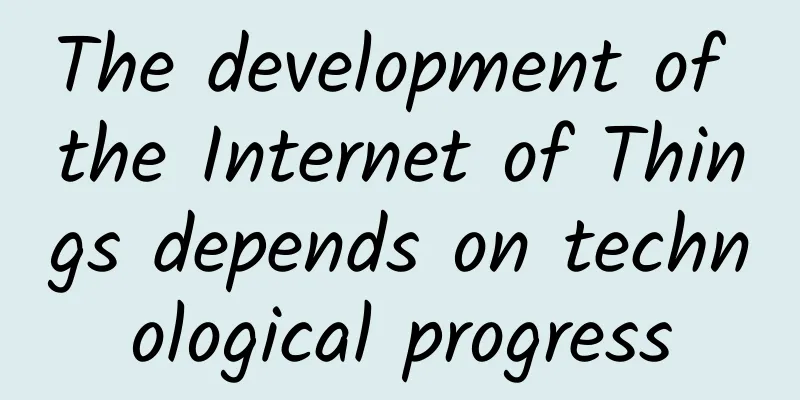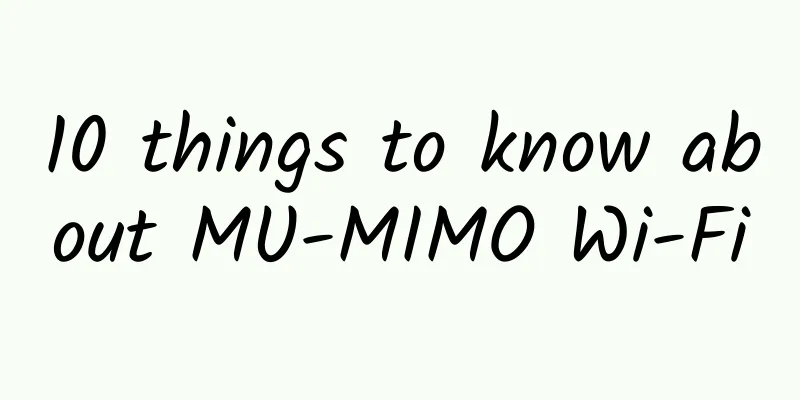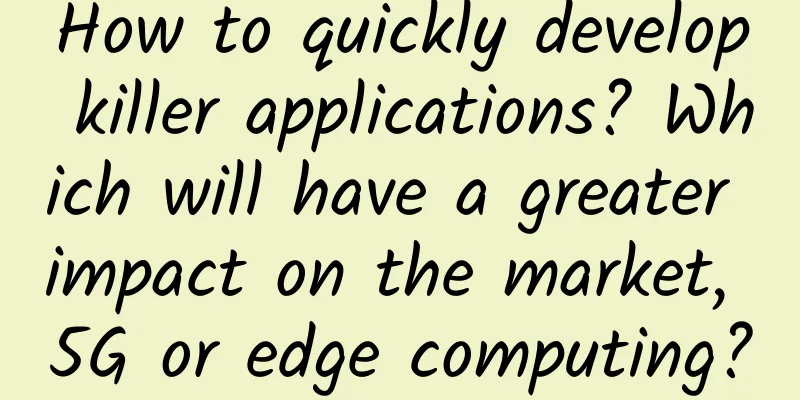The development of the Internet of Things depends on technological progress

|
The Internet of Things is an important part of future information technology, involving political, economic, cultural, social and military fields. In terms of the driving force, it is mainly the national level that is promoting the construction and development of the Internet of Things. The main purpose of my country's promotion of the development of the Internet of Things is to apply the Internet of Things technology in agriculture, industry, science and technology, national defense and all aspects of social life under the unified planning and promotion of the state, deeply develop and widely use information resources, and accelerate the realization of national modernization and the transformation from an industrial society to an information society. For enterprises, the Internet of Things means competing for IoT talents and developing a huge industry that applies IoT technology under a system that is guaranteed by policies, regulations, standards, and security.
The Internet of Things is an object-connected and intelligent network. Its technical development goal is to achieve comprehensive perception, reliable transmission and intelligent processing. Although the intelligence of the Internet of Things is reflected everywhere and as a whole, its technical development direction focuses on intelligent services. The key technologies of the Internet of Things include: sensor technology, low-power Bluetooth technology, wireless sensor networks, mobile communication technology, M2M, cloud computing, middleware, etc. RFID technology, QR code technology, artificial intelligence, data mining, etc. From the perspective of development and application, the key technologies of the Internet of Things include the following four aspects. 1. Real-time information collection technology The perception layer needs to use sensor technology, video surveillance technology, radio frequency identification technology, and global positioning technology to measure, collect, collect events, capture and identify various data and time in real time. At the same time, the perception layer also needs to complete the aggregation of local information and transmit the fused information to the access device of the network layer. A large number of nodes are densely distributed in the Internet of Things. After the massive amount of information is gathered at the nodes, it is uploaded to the upper data center for processing. At this time, the network communication volume is huge and the probability of conflict is very high. Therefore, the data should be processed while being transmitted to gather data that better meets user needs, which can alleviate network transmission congestion and reduce network delays. The information aggregation of the intra-network collaborative model is based on the cooperation and mutual assistance of the nodes in the network. From the perspective of technical means, the research directions of information aggregation technology mainly include spatial strategy information aggregation and temporal strategy information aggregation. 2. IoT transmission technology After the perception layer completes the information collection, it needs to be uploaded to the data center through the network layer for analysis and processing. How to closely integrate the real-time embedded system and the sensor network and realize the transmission of node collaborative data through multi-mode access and self-organized routing addressing is one of the core technologies that need to be studied and broken through in the future. It is worth pointing out that the Internet is a seamless connection between networks, which is a typical feature of the Internet that distinguishes it from other networks. However, from the current status of the Internet of Things, it is not technically possible to achieve a global integrated network like the Internet, where all subnets can be seamlessly accessed. This shows that there is still a long way to go for the core technology breakthrough of the Internet of Things.
3. IoT Massive Data Fusion, Storage and Mining Technology Optimize and analyze the various information transmitted from the network layer, implement intelligent processing and serve decision-making. It is necessary to study and establish a unified data model, and integrate cross-domain, heterogeneous, dynamic data and data operation methods in the same model, and manage structured data, unstructured data and semi-structured data in different ways. Establish connections between different types of data internally through directories, and use different methods to process data externally by detecting the type of data, so as to provide a standard format for the fusion of multi-source data. In addition, it is necessary to study and explore the distributed storage and indexing technology of massive data, centrally and effectively manage these data, and customize them to users in real time. With knowledge as the goal, study the establishment of knowledge bases and rapid retrieval technology of knowledge bases. In addition, it is necessary to conduct in-depth research on knowledge processing methods such as classification, clustering, and associated knowledge mining. 4. Information security technology The wireless and wired transmission of information is vulnerable to various network attacks such as active intrusion, passive eavesdropping, forgery, and denial of service. It is necessary to study new data encryption technology, intrusion detection technology, anti-cloning terminal device technology, etc. In addition, it is necessary to establish a generalized trust evaluation model and trust mechanism suitable for distributed network environments.
The most important ones are usually placed at the end:
|
<<: In the era of the Internet of Things, using DDI to improve security
>>: Five IoT product design concepts to attract and retain the younger generation of consumers
Recommend
Competition in the fixed broadband market enters the "second half"
China Telecom leads strongly, China Mobile overta...
How does 5G use spectrum? This article tells you everything!
As we all know, wireless spectrum resources are t...
The new year is here! Ruijie Wi-Fi 7 high-density AP RG-AP9520-RDX officially debuts with "dynamic beamforming antenna"!
At the beginning of the new year, Ruijie Networks...
Maxthon Hosting: 56 yuan/month KVM-2GB/40GB/400GB/Korea CN2, Hong Kong CN2, Japan, US CN2, etc.
Aoyozhuji, a long-established foreign VPS service...
How to manage data center cabling?
Tracking and managing data center cabling is one ...
What is the difference between Cat-M1 and NB-IoT?
Cat M1 and NB-IoT are two of the most popular IoT...
Is WeChat and QQ file transfer too inhumane? Here's how to fix it
For example, if the other party sends a file to y...
Wi-Fi 6 testing completes, global deployment to begin in 2021
The Wireless Broadband Alliance (WBA) has announc...
Illustrated Network: The principle behind the TCP three-way handshake, why not two-way handshake?
TCP is one of the main protocols of the Internet ...
Software-defined branch network reconstruction can save 80% of costs
As the business tentacles of enterprises in vario...
Network security programming: C language reverse loop structure analysis
[[392807]] The loop structures of C language incl...
Research on scenario-based interoperability strategy based on 5G perception inflection point
Author: Han Binjie and Lu Dan, unit: Hebei Mobile...
CloudCone Easter Promotion: $15/year KVM-1GB/30GB/3TB/Los Angeles Data Center
CloudCone offers three special VPS packages for t...
5G cannot save the operators. To return to the peak, they must start by getting rid of the burden.
On July 25, the Ministry of Industry and Informat...
China's three major operators finally gave in, reducing 5G package fees, netizens: Still can't afford it
As we all know, since the end of 2018, countries ...









